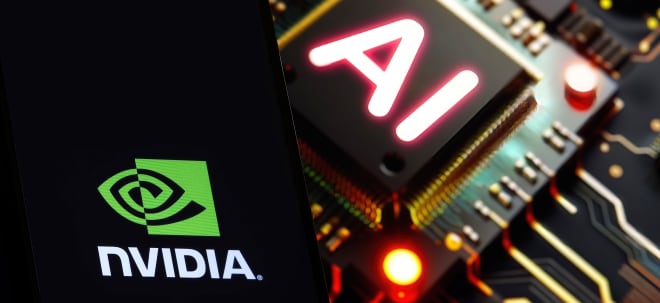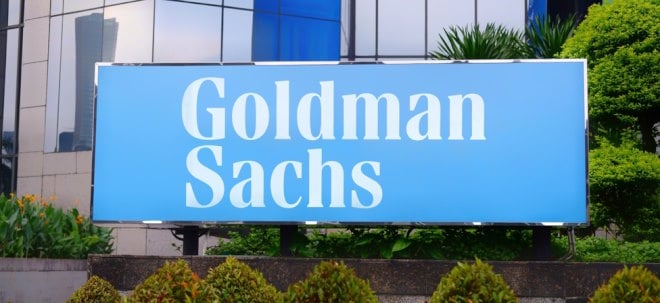Next-Generation Ultra-Wideband to Power 1.4 Billion Devices by 2030 as Ecosystem Matures and Applications Diversify
NEW YORK, Nov. 7, 2025 /PRNewswire/ -- Ultra-Wideband (UWB) is rapidly becoming a foundational wireless connectivity technology, offering unique benefits compared with other short-range wireless solutions such as Wi-Fi, Bluetooth®, IEEE 802.15.4, and Near Field Communication (NFC). The combination of secure ranging, radar, and sensing capabilities, along with its potential to serve as a low-latency, high-throughput communications technology over short distances, is enabling an increasingly diverse set of use cases across consumer, automotive, commercial, industrial, and smart city environments. With next-generation UWB based on IEEE 802.15.4ab on the horizon, the technology will become even more compelling. As a result, global technology intelligence firm ABI Research expects UWB to be one of the fastest-growing wireless connectivity technologies, with device shipments forecast to grow at a 21% compound annual growth rate (CAGR) between 2025 and 2030.

"The UWB chipset and IP ecosystem has grown rapidly in recent years with the expansion of product portfolios, new entrants to the market, and a number of UWB-related acquisitions," said Andrew Zignani, Senior Research Director. "ABI Research expects other vendors to enter the market, as well as the expansion of combo and multi-protocol UWB solutions, tailored solutions to specific market verticals, and unique combinations of UWB technology from a ranging, sensing, and data-communications perspective."
"While this brings enormous potential opportunities, it also brings challenges in terms of standardization and interoperability, more direct competition with other technologies, the need to ensure future spectrum resources, and the creation of a compelling ecosystem of solutions that can support this growing heterogeneity of applications," Zignani added.
More than 436 million UWB-enabled devices shipped in 2024, and ABI Research expects 27% of smartphones to ship with UWB technology in 2025, growing to over 52% by 2030. As smartphones act as central hubs for a wide range of applications, they will accelerate broader growth in the UWB market and ecosystem.
Much of UWB's initial success has stemmed from secure ranging applications such as automotive digital keys and personal trackers. These are now extending to residential and commercial building access control, including UWB smart door locks and commercial access control readers. While secure ranging use cases are expected to dominate volumes—and unlock new opportunities in contactless payments and transportation ticketing—ABI Research also expects UWB to be increasingly leveraged for radar, sensing, and low-latency, high-throughput data communications, enabling a broader range of future use cases. Companies are already combining multiple benefits of UWB to create new solutions, such as automotive secure access with child presence detection, while wireless audio, low-latency high-speed links for peripherals, gaming devices, IoT, Extended Reality (XR), robotics, and wearables are also gaining traction.
"Different organizations and consortia will need to ensure that UWB can address all these future use cases while achieving performance, latency, and security requirements," Zignani said. "In parallel, continued work is needed to create a favorable regulatory environment for UWB spectrum to strengthen the long-term viability of the technology across these applications."
"UWB development is also contingent on a number of different standards organizations and consortia, including the IEEE, the UWB Alliance, the FiRa Consortium, the Connectivity Standards Alliance, the Car Connectivity Consortium, the Intelligent Car Connectivity Industry Ecosystem Alliance (ICCE), the Intelligent Car Connectivity Open Alliance (ICCOA), omlox, and the Audio Engineering Society (AES). In the longer term, collaboration between these organizations will benefit a wide range of solution providers, including CEVA, Qorvo, Qualcomm, NXP, STMicroelectronics, Infineon, Apple, Synaptics, SPARK Microsystems, Samsung, Calterah, MKSemi, GiantSemi, Renesas, Osemitech, and CXSemi, among many others."
These findings are from ABI Research's UWB Market Evolution: New Opportunities in Secure Ranging, Radar, and Data Communications report, part of the company's Wi-Fi, Bluetooth & Wireless Connectivity research service, which includes research, data, and analyst insights.
About ABI Research
ABI Research is a global technology intelligence firm uniquely positioned at the intersection of technology solution providers and end-market companies. We serve as the bridge that seamlessly connects these two segments by providing exclusive research and expert guidance to drive successful technology implementations and deliver strategies proven to attract and retain customers.
ABI Research是一家全球性的技术情报公司,拥有得天独厚的优势,充当终端市场公司和技术解决方案提供商之间的桥梁,通过提供独家研究和专业性指导,推动成功的技术实施和提供经证明可吸引和留住客户的战略,无缝连接这两大主体。
For more information about ABI Research's services, contact us at +1.516.624.2500 in the Americas, +44.203.326.0140 in Europe, +65.6592.0290 in Asia-Pacific, or visit www.abiresearch.com.
Contact Info:
Global
Jason Scheer
Tel: +1.516.624.2558
pr@abiresearch.com
![]() View original content:https://www.prnewswire.com/apac/news-releases/next-generation-ultra-wideband-to-power-1-4-billion-devices-by-2030-as-ecosystem-matures-and-applications-diversify-302607959.html
View original content:https://www.prnewswire.com/apac/news-releases/next-generation-ultra-wideband-to-power-1-4-billion-devices-by-2030-as-ecosystem-matures-and-applications-diversify-302607959.html
SOURCE ABI Research

